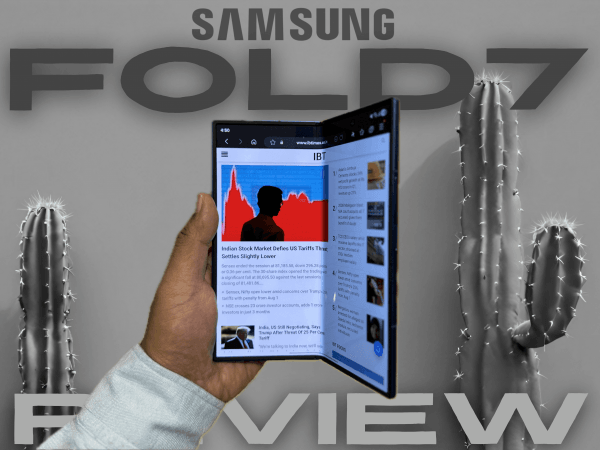
The journey of the foldable phone started with skepticism. The first Galaxy Fold was ambitious but far from perfect — bulky, fragile, and trying a little too hard to feel futuristic. But here we are in 2025, and Samsung has finally done it. The Galaxy Z Fold7 is a proper flagship. Not a niche gadget. Not a prototype in disguise. A real, complete, top-tier phone that just happens to fold.
The Fold7 feels like a phone from a parallel timeline — one where foldables didn't take years to mature and instead evolved at lightning speed. It's slimmer, smarter, and more capable than ever, and it makes a stronger case than any foldable before it. If you've been waiting for the "right" foldable, this might be it. By the end of this review, you'll understand why I say that without hesitation.
Samsung gave us the blue variant of the Galaxy Z Fold7 with 12GB RAM and 256GB storage, running One UI 8 on top of Android 16. That's the version I've been using for the past three weeks — and not as a secondary phone, but as my primary device, my workhorse, my camera, my note-taker, and my pocket tablet. And honestly, I've never been more convinced that foldables are no longer trying to catch up. They've arrived.
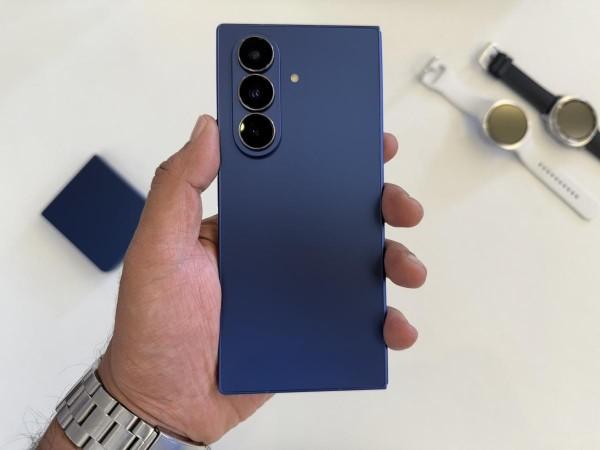
Samsung Galaxy Z Fold7: Key specs
- Main display: 7.8-inch Dynamic AMOLED 2X, 2160 x 1856 resolution, 120Hz adaptive refresh rate
- Cover display: 6.5-inch Dynamic AMOLED 2X, FHD+ resolution, 120Hz refresh rate
- Processor: Qualcomm Snapdragon 8 Gen 3 for Galaxy (branded as Snapdragon 8 Elite)
- RAM: 12GB or 16GB (LPDDR5X)
- Storage: 256GB / 512GB / 1TB (UFS 4.0, no microSD slot)
- Rear cameras: 200MP main (f/1.7, OIS) + 12MP ultra-wide (f/2.2) +10MP telephoto (3x optical zoom, f/2.4)
- Front cameras: 10MP cover screen camera (f/2.2) + 10MP under-display camera (f/2.4, inner screen)
- Battery: 4400mAh, 25W wired, 15W wireless, 4.5W reverse wireless
- OS: Android 16 with One UI 8
- Water/Dust Resistance: IP48 rating
- Dimensions: Folded: approx. 8.9mm thick / Unfolded: approx. 5.1mm thick
- Weight: 215 grams
- Connectivity: 5G, Wi-Fi 7, Bluetooth 5.3, USB-C 3.2
The ozempic era of foldables
My first reaction? Same as everyone else's: "Damn, this is really sleek." And that's no small feat for a foldable. The Fold7's form factor is so refined, it can easily be mistaken for a regular candybar phone at first glance—until you unfold it and reveal its secret superpower.
The Fold7 is incredibly thin when folded — just 8.9mm — and it weighs only 215 grams. On paper, those numbers might not sound wild. In hand, they absolutely are.

Samsung has clearly gone all-in on the design overhaul. The Fold7 feels like it's been on Ozempic. The chunkiness is gone. It's refined, slimmed down, and elegant in a way that not only makes it more pocketable but also more normal. That's a good thing. Most people aren't looking to carry around a science experiment. This phone can pass off as a regular candybar device when folded, thanks to the new aspect ratio, and it doesn't scream for attention.

What surprised me even more was how easy it was to open. Unlike previous generations that needed both hands and a little leverage, I could unfold the Fold7 with one hand, with lesser effort than I needed on the Fold6. The hinge feels sturdy and well-engineered, not stiff or flimsy. And with the IP48 rating finally making its way to the series, the phone now has a solid level of dust and water resistance — enough to give you peace of mind without babying the device.
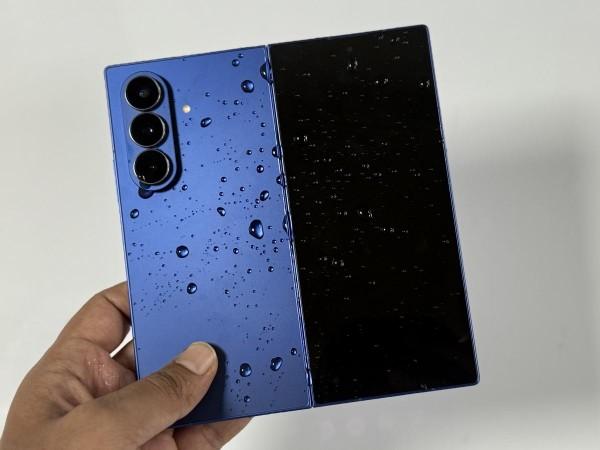
Display: Double blessing
One of the biggest wins on the Fold7 is how usable the cover display is. The outer screen stretches to 6.5 inches now, and it genuinely feels like a phone in its own right. For most tasks — typing, messaging, doomscrolling through reels, checking emails, streaming content — I didn't feel the need to open the main display. That's exactly how it should be. The cover display is sharp, bright, responsive, and smooth. It's not just a fallback screen; it's fully functional and deeply satisfying to use.

But when you do need that big-screen real estate, the Fold7 delivers something special. The main display has grown to a full 8.0 inches, and it's every bit as beautiful as you'd expect from Samsung's Dynamic AMOLED panel. Watching shows in 4K, reading documents, and multitasking in split view all feel like second nature. I regularly had notes open on one side, Twitter on the other, and the camera viewfinder in a floating window — it sounds overwhelming, but it worked flawlessly and felt incredibly natural.

The display is vibrant and crisp, and the brightness is good enough for outdoor use. I just wish Samsung had included the anti-reflective coating they debuted on the S25 Ultra, because once you've used that, it's hard not to notice its absence. That said, the overall handling is still impressive. Even with a screen that size, the Fold7 never feels like you're holding a tablet awkwardly in one hand. The weight is balanced and the footprint doesn't feel overwhelming.

And yes, it's still a tall phone when folded. You will feel it in your jeans pocket. But it's not uncomfortable or impractical. If anything, it reminds you that you're carrying something unique — and for once, something that's practical and premium in equal measure.
Foldable gets flagship cameras
Foldables have always lagged behind in camera performance — that was the trade-off. Not anymore. The Fold7 is the first in the series to inherit the 200MP sensor from the S25 Ultra, and it's a game-changer.

Photos are crisp, vibrant, and rich in detail. The color science feels more natural this time, and the contrast is deeper, especially in challenging lighting. Low-light shots come out much cleaner than they used to, with less noise and more dynamic range. The 2x crop from the main sensor performs impressively well in most situations, and I didn't notice any major loss in sharpness when shooting objects up close. The 3x telephoto is excellent in daylight, although in low light, it starts to show its limits. Still, it's more than serviceable.
The ultra-wide sensor at 0.6x keeps up nicely and produces shots consistent with the main lens in terms of color and contrast. Autofocus is snappy and smart — macro mode activates when needed and doesn't feel random or disruptive.
The digital zoom still tops out at 30x, but let's be honest — that's just for marketing. Even 20x isn't worth using. Stick to 2x or 3x and you'll be happy.
Selfies are where things get a little more complicated. The under-display camera is still not great — soft and muted. The cover screen camera is decent, good enough for video calls. But let's not forget the Fold's biggest trick: using the rear cameras to take selfies while framing the shot on the cover display. That feature alone makes up for any shortcomings in the selfie department.

Video recording has also seen a big jump. You get up to 8K recording at 30fps on the main sensor, and the rest can do 4K at 60fps. The footage looks excellent — punchy colors, wide dynamic range, and solid detail. The 2x crop for video actually holds up well too. Overall, it's the best camera system I've ever used on a foldable, and for the first time, it feels like there's no trade-off.
Unedited camera samples below:
Zoom test samples:
Performance sans compromises, caveats
There's no drama here — just consistent, confident performance across the board. The Snapdragon 8 Elite (for Galaxy) delivers excellent results whether you're multitasking, gaming, editing photos, or juggling work apps. With 12GB RAM on my unit, everything ran smoothly. No crashes. No lag. No throttling. Not even during prolonged gaming or camera sessions.

Yes, the 16GB RAM variant would've been nice, but then you'll have to for the 1TB model. But honestly, 12GB felt more than enough in real-world use. Storage starting at 256GB is fine, but with cameras capable of 8K video, I'd argue that 512GB should be the default moving forward.

One UI 8 on top of Android 16 is the best Samsung software experience yet. It's clean, responsive, and packed with small touches that make life easier. The taskbar makes multitasking feel intuitive, and app continuity has improved so much that I rarely ran into weird UI hiccups when switching between screens.

Apps adapted well to the foldable form factor, both on the main display and the cover screen. And DeX, as always, worked just the way it should.
AI for the fold
Samsung's Galaxy AI suite actually feels useful here. I've been playing around with the generative photo editing tools — like drawing a snake on my arm and having AI wrap a hyperrealistic version around it. Fun, yes. But the real productivity wins came from features like live transcription and translation. These are not perfect yet, but they saved me a ton of time while transcribing interview recordings or translating parts of documents in real time.
Circle to Search, powered by Gemini, is intuitive and delivers surprisingly relevant follow-ups. And because the Fold7 has room to breathe, dragging that information into Samsung Notes or a messaging app is seamless. The whole ecosystem feels like it was built for a foldable — not force-fitted after the fact.


Battery is not bad at all
The Fold7 packs a 4400mAh battery, which sounds conservative for a phone with two high-refresh-rate AMOLED displays. But I was genuinely surprised by how well it held up.
On most days, even with heavy camera usage, multitasking, and media consumption, I got a full day of battery life. That's more than I expected from a phone this thin. Credit goes to the efficiency of the Snapdragon 8 Elite and Samsung's software optimizations.
But... charging speeds are still capped at 25W wired and 15W wireless, which feels a little behind the curve in 2025 and this is where Samsung really should've done something.
Buy or not?
Let's address the missing piece — S Pen support. Honestly? I didn't miss it. If Samsung can't find a way to store the stylus inside the phone without making it bulky again, I'm fine without it. That trade-off gave us a slimmer, lighter Fold7, and I'll take that any day.
This isn't just the best foldable Samsung has ever made — it's the most complete flagship in their entire lineup. I didn't say "foldable flagship" for a reason. The Fold7 deserves to be spoken about in the same breath as any top-tier device, fold or not. It's a design statement, a performance beast, a camera champ, and a productivity powerhouse. Every feature added here feels earned, not gimmicky.
The only real downside is the price. The Fold7 starts at Rs 1,74,999 for the 256GB model, Rs 1,86,999 for 512GB, and Rs 2,16,999 for the 1TB variant that also gets 16GB RAM. That's a steep ask. But if you can afford it, this isn't just a tech toy anymore. It's a serious, refined, foldable flagship that delivers where it matters.


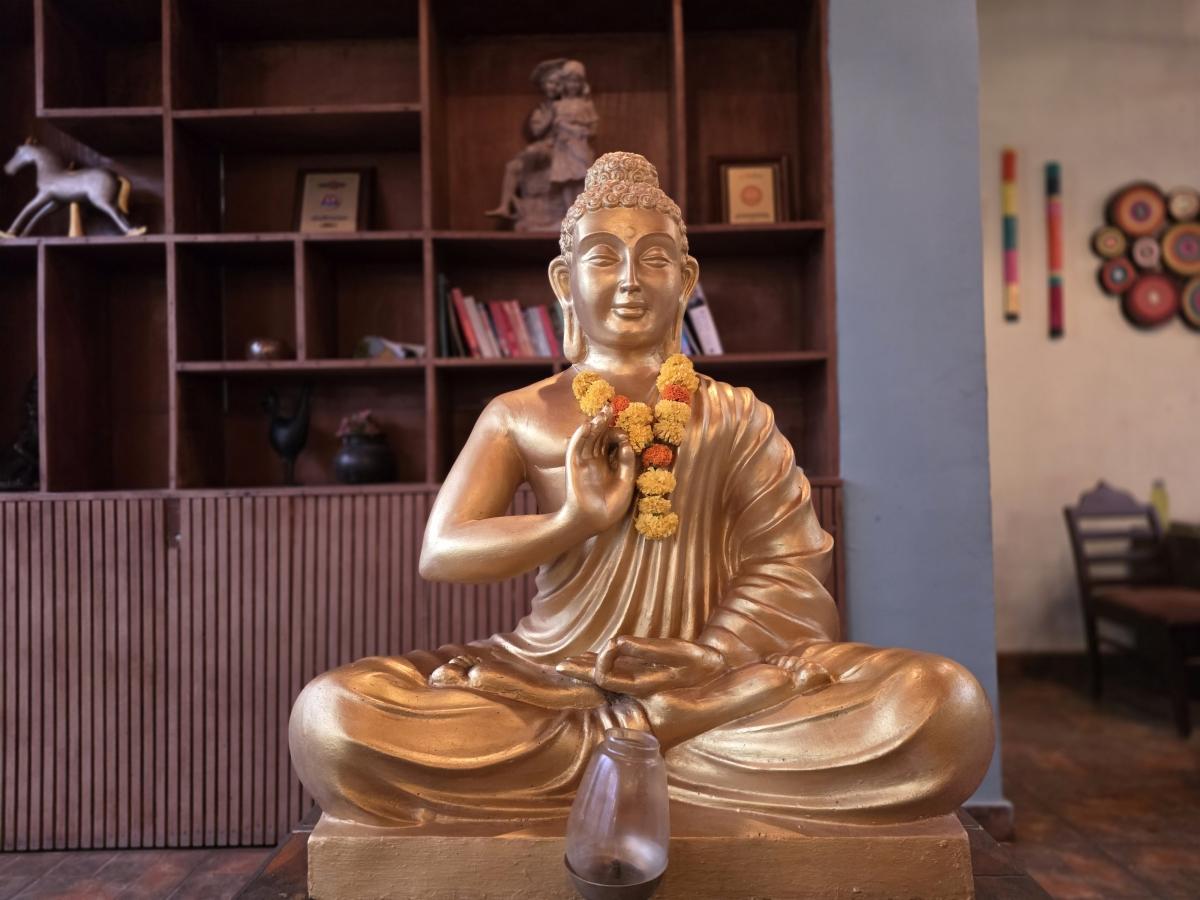
























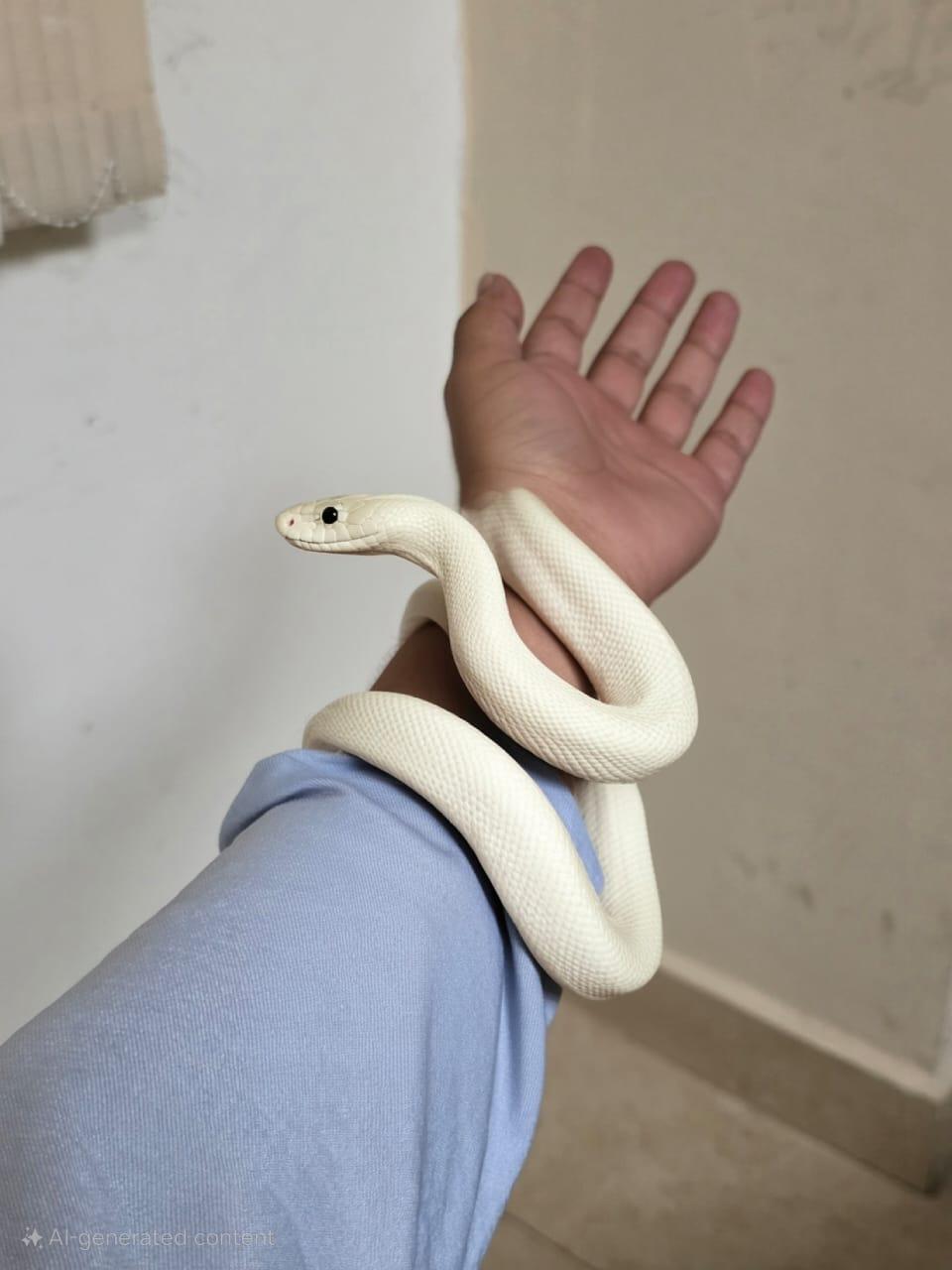













![OnePlus 15R vs OnePlus 15: What's changed [Detailed Comparison]](https://data1.ibtimes.co.in/en/full/825978/oneplus-15r-vs-oneplus-15-whats-changed-detailed-comparison.jpg?w=220&h=135)